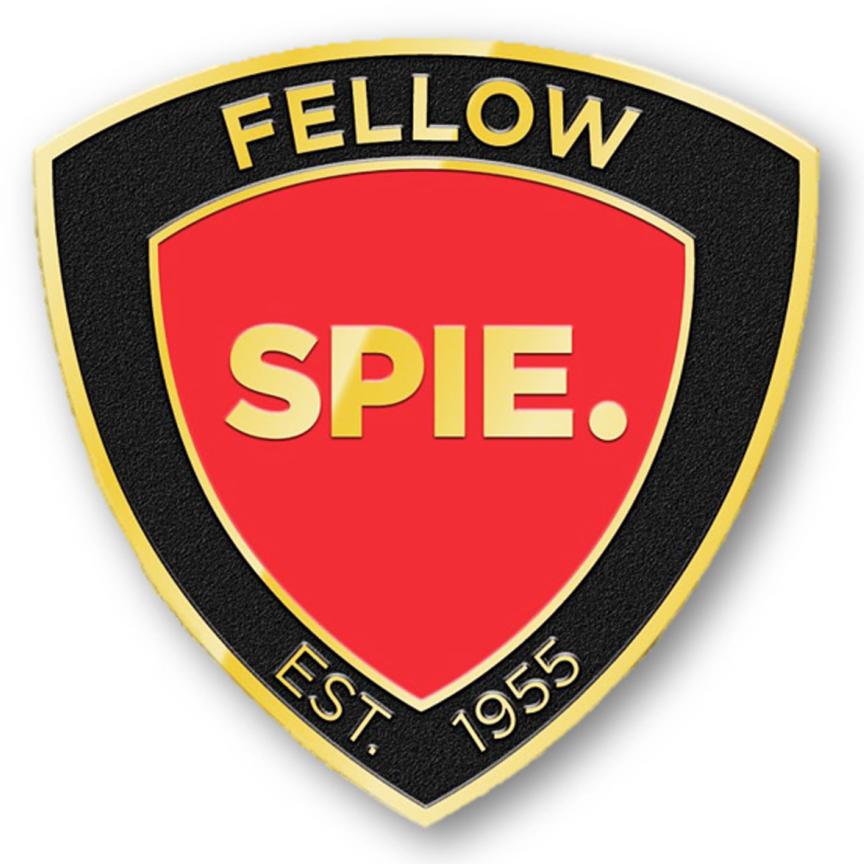Scientists at Laser Zentrum Hannover (LZH) have developed optics that allowed physicists at Duke University, USA, to generate wavelength below 170nm.
Up until now, oscillator free-electron lasers have only reached emission wavelengths down to 176.4nm, according to the research team.
The coated resonator mirrors from LZH are used in the storage ring free-electron laser (FEL) at Triangle University Nuclear Laboratory (TUNL). The highly reflective mirrors are the limiting component when it comes to achieving even shorter wavelengths with laser oscillators. Therefore, the newly developed mirrors open up new opportunities for physics research.
The resonator mirrors are radiation robust, and thermally and mechanically stable. The LZH scientists optimised several thin-film techniques to produce highly dense coatings and protective capping layers. With these LaF3/MgF2-coated mirrors, a team at Duke University/TUNL demonstrated FEL lasing from 168.6 to 179.7nm with excellent stability and reproducibility.
This broad lasing range is the result of a relatively large FEL gain of more than 22 per cent. The team at Duke University was also able to produce the first 120MeV gamma rays at the FEL driven high intensity gamma-ray source (HIGS).
The HIGS is a research facility that can generate intense, polarised, and nearly monochromatic gamma-ray beams from 1 to 120MeV. This world-class Compton gamma-ray facility is used in materials research, nuclear physics and accelerator physics research.


